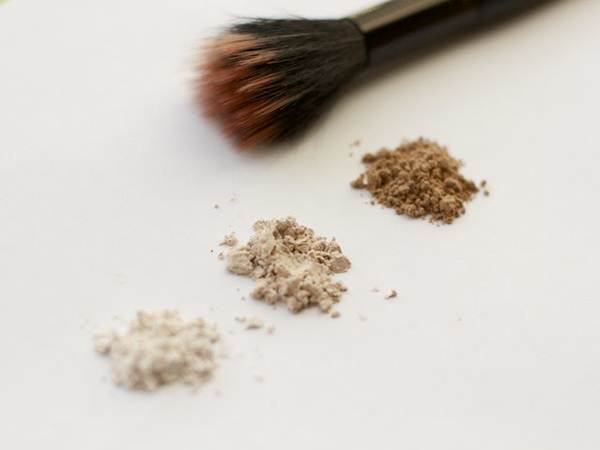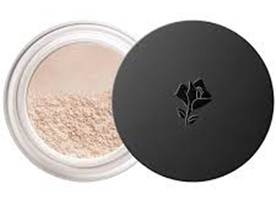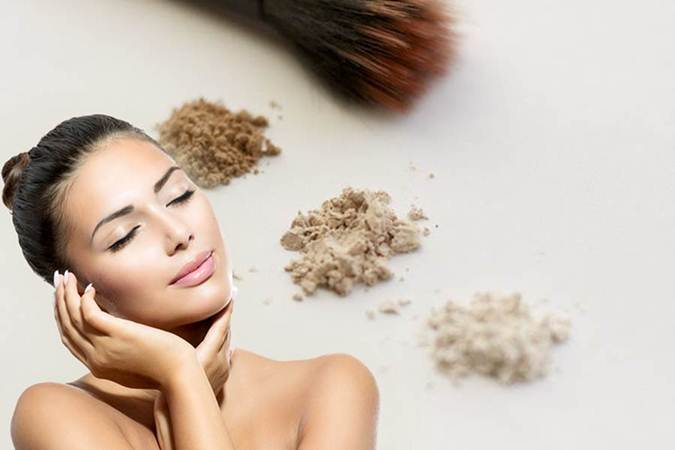Setting powder is very important product in the world of makeup, designed to help lock in your concealer, foundation, and other makeup products, providing a matte, smooth finish and prolonging the wear of your makeup throughout the day. While regular setting powders have been popular for years, there’s a growing interest in natural alternatives. One interesting alternative is cornstarch, a kitchen ingredient that some individuals have experimented with as a setting powder. In this article, we’ll explore the pros and cons of using cornstarch as a setting powder and discuss some possible alternative options for achieving a flawless makeup finish.
Can I Use Cornstarch As Setting Powder?

Yes, using cornstarch as a setting powder is possible, but not recommended. It may lack proper adherence, create a chalky appearance, and potentially clog pores. Purpose-made setting powders are much better alternatives. They provide a smoother finish and better compatibility with different skin types and tones.
Pros of Using Cornstarch as Setting Powder
- Absorbs Excess Oil: Cornstarch can help control excess oil on the skin due to its absorbent properties. By using cornstarch as a setting powder, you may be able to keep your makeup looking fresh for longer and reduce shine, especially for those with oily skin.
- Minimal Ingredients: Using cornstarch as a natural setting powder eliminates exposure to some of the potentially additives and harmful chemicals present in commercial setting powders.
- Natural Origin: Cornstarch is considered a natural ingredient, beacuse it is derived from corn, which may appeal to those who prefer more sustainable beauty practices and environmentally friendly.
- Budget-Friendly Option: Cornstarch is not expensive and available in most households, making it an attractive choice for those looking for a quick fix or on a tight budget.
Cons of Using Cornstarch as Setting Powder
- Pore Clogging: Cornstarch has bigger particle sizes than some regular setting powders, which could potentially exacerbate acne and clog pores or other skin issues.
- Chalky Appearance: Cornstarch powder can give a chalky, white cast on the skin, specially on certain people with darker skin tones, making it challenging to mix seamlessly with your concealer or foundation.
- Poor Adherence: Unlike professional setting powders, cornstarch may not adhere well to the skin, leading to shorter wear time and makeup breakdown.
- Potential Irritation: Some people may experience allergies or skin irritation when using cornstarch on their face, especially those with sensitive skin.
- Limited Shade Range: Commercial setting powders are available in several shades to match different skin tones, whereas cornstarch only provides a pale, single option.
Alternatives to Cornstarch as Setting Powder

- Commercial Setting Powders: These powders are formulated with finely milled particles, providing a broader range of shades suitable for various skin tones and better adherence. Look for oil-absorbing ingredients like talc or silica for a smoother finish.
- Translucent Powder: These powders are colorless and work very well on all skin tones. They provide a matte finish without altering the color of your concealer, foundation, or other makeup products.
- Rice Powder: Rice powder is natural alternative that has been used in some Asian cultures for centuries for setting makeup. It offers oil-absorbing properties and may be more finely milled than cornstarch powder, resulting in a smoother application.
- Arrowroot Powder: It is similar to cornstarch in texture but it has a lighter feeling on the skin. It’s considered non-comedogenic and may be a better alternative for those with acne-prone or sensitive skin.
- Setting Sprays: Setting sprays are a liquid alternative to regular setting powders. They help lock in makeup, provide a matte or dewy finish, and are available in several formulations for different skin types.
In conclusion, while using cornstarch as a setting powder may offer some extra benefits, its drawbacks make it less favorable than professional setting powders. Its limited shade range, chalky appearance, and potential to clog pores should be carefully considered. Instead, explore alternative options like translucent powders, commercial setting powders, setting sprays, rice powder or arrowroot powder which are specifically formulated to provide a long-lasting and smooth makeup finish while catering to various skin types and tones. Always ferform a patch test before trying any new product on your face and consult with a dermatologist or skin care professional if you have concerns about potential skin reactions.


